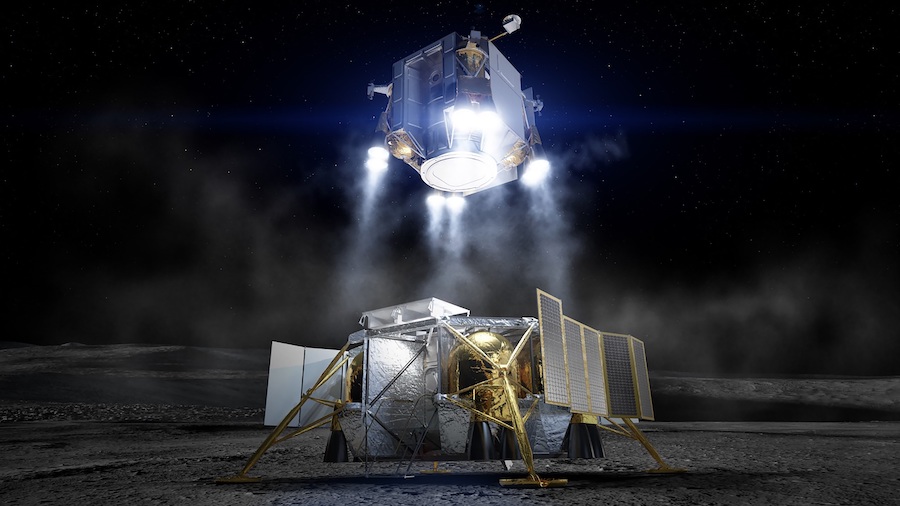

- #JUDGE RELEASES AGAINST NASASPACEX LUNAR LANDER INSTALL#
- #JUDGE RELEASES AGAINST NASASPACEX LUNAR LANDER TV#
#JUDGE RELEASES AGAINST NASASPACEX LUNAR LANDER TV#
Scotland Yard launches probe into NEW sex assault claim against Russell Brand: Woman comes forward to report 2003 Soho attack - as under-siege comedian's British live shows are scrapped after TV channels wiped his back catalogue off their archives.“With multiple planned landers, from SpaceX and future partners, NASA will be better positioned to accomplish the missions of tomorrow: conducting more science on the surface of the Moon than ever before and preparing for crewed missions to Mars. “Returning astronauts to the Moon to learn, live, and work is a bold endeavor,” said NASA Administrator Bill Nelson.
#JUDGE RELEASES AGAINST NASASPACEX LUNAR LANDER INSTALL#
Artemis V (2028)Īstronauts will descend to the lunar surface Artemis VI (2029)Īstronauts will install a robotic arm on the Lunar Gateway and descend to the lunar surface Artemis VII (2030) and Artemis VIII (2031)Īstronauts will descend to the lunar surface on one of these missions. NASA this week announced that it has awarded a contract extension to SpaceX to again provide its Starship vehicle for Artemis IV. Artemis IV (2027)Īstronauts will help build the Lunar Gateway's habitation module and descend to the lunar surface. A crew will be launched to the Lunar Gateway each year or so, with robotic missions delivering lunar landers to the Lunar gateway in preparation for three astronaut descents to the lunar surface. NASA The Artemis Program after 2025įurther Artemis missions each year through 2030 will help build the Lunar Gateway’s habitation module. A landing site is a location within those regions with an approximate 328-foot (100-meter) radius. approximately 9.3 by 9.3 miles (15 by 15 kilometers). Shown here is a rendering of 13 candidate landing regions for Artemis III. The astronauts for Artemis-III will be selected later this year while the landing sites will be chosen after NASA identifies the mission’s target launch dates, which dictate transfer trajectories and how dark each site will be. The crew would transfer to Orion and fly it home to Earth for splashdown. “Several of the proposed sites within the regions are located among some of the oldest parts of the Moon, and together with the permanently shadowed regions, provide the opportunity to learn about the history of the Moon through previously unstudied lunar materials,” said Sarah Noble, Artemis lunar science lead for NASA’s Planetary Science Division.Īfter four spacewalks in 6.5 days, Starship would blast off and dock again with the Lunar Gateway. It’s likely going to be dark at the landing site, which will be within six degrees of latitude of the lunar south pole so will contain permanently shadowed regions unlike any region of the Moon previously explored by Apollo astronauts. The astronauts will then board a docked SpaceX Starship vehicle for a ride down to the lunar surface. During Artemis-III the Orion spacecraft will take the astronauts into lunar orbit where it will dock with an orbiting hub called the Lunar Gateway (which will have been built during five launches by private space companies under contract to NASA). It will come 53 years after the last humans to step on the lunar surface-Apollo 17 astronauts Jack Schmitt and Gene Cernan in 1972. The plan is to land the first woman and the first person of color on the surface of the Moon’s somewhere near its south pole, probably in 2025. SpaceX Artemis-III: two astronauts land on the Moon Artist’s rendering of SpaceX Starship human lander design.


 0 kommentar(er)
0 kommentar(er)
